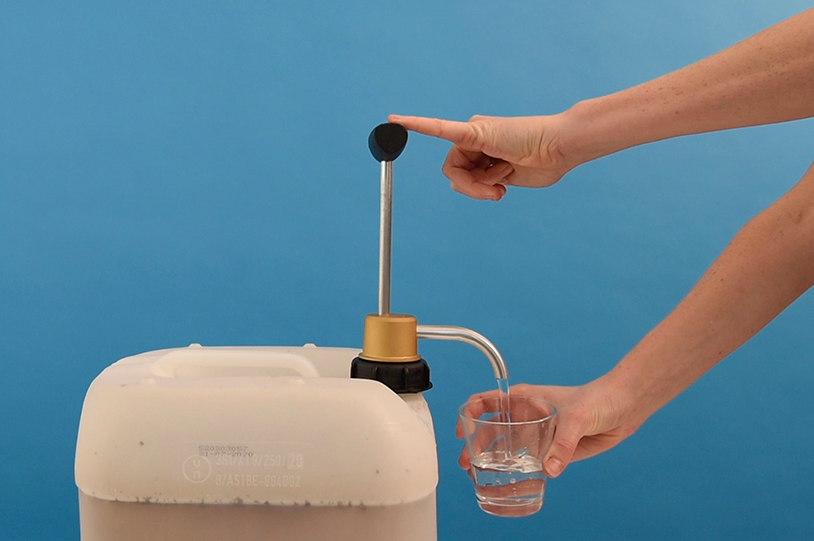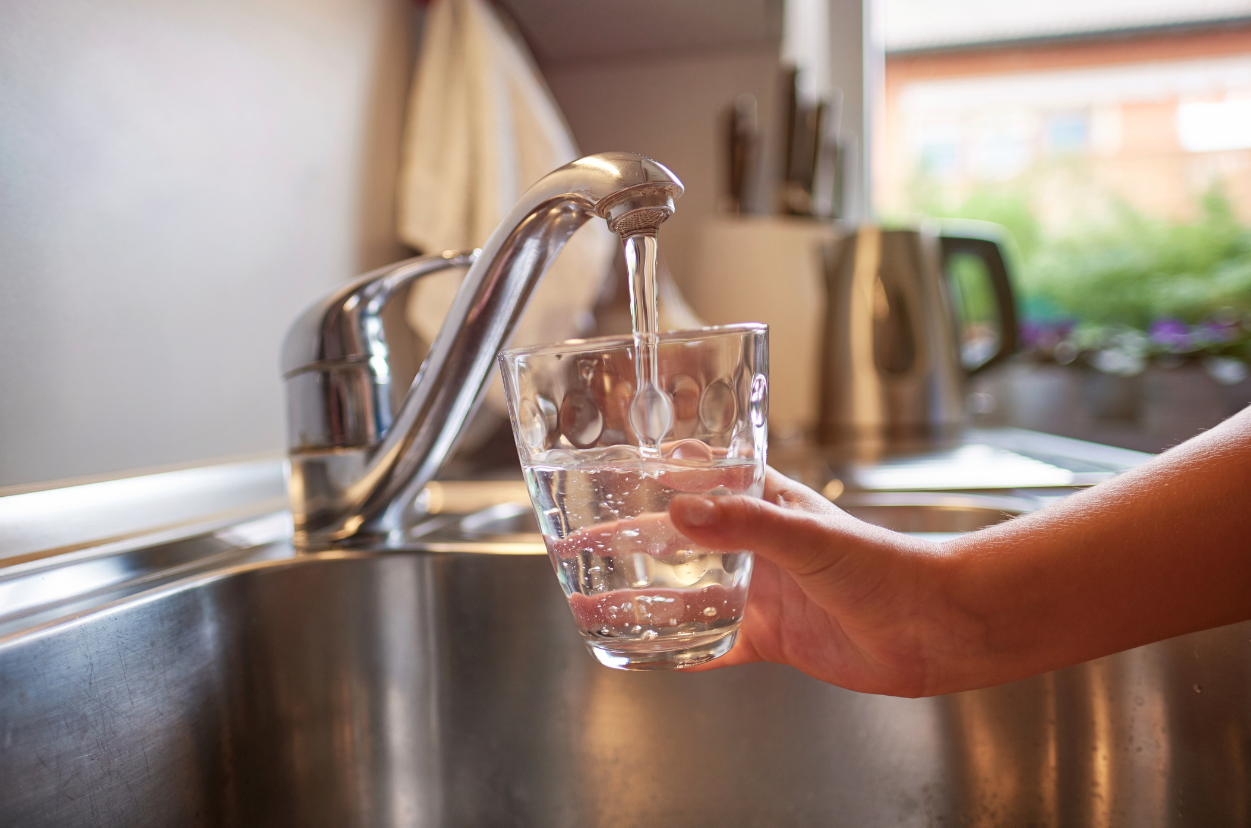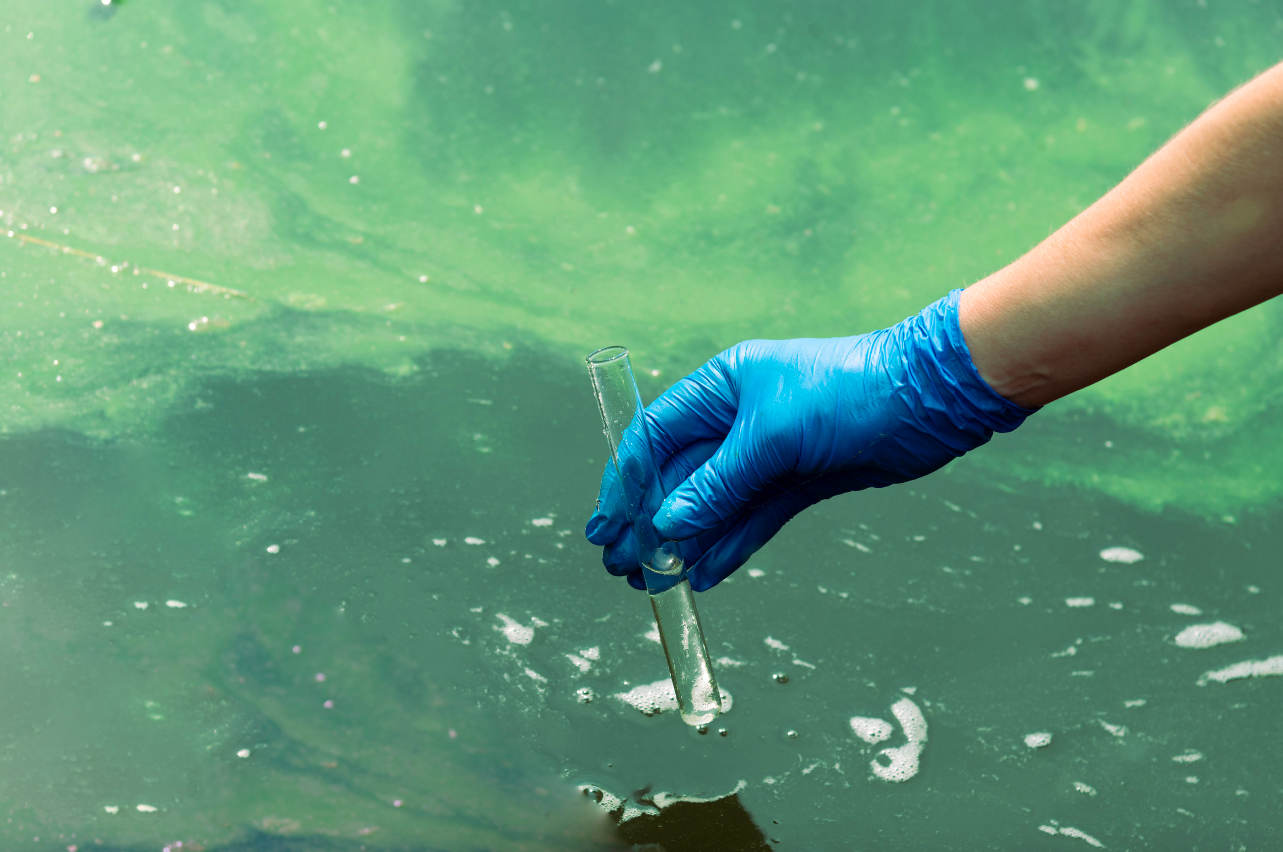Top Water Filter Technologies for Cleaner, Safer Drinking Water

Advanced water filtration technologies, such as reverse osmosis and activated carbon, remove harmful contaminants and improve water taste. These systems provide safer drinking water by addressing concerns like lead, chlorine, and bacteria, ensuring better health and safety.
Access to clean and safe drinking water is a fundamental human right, yet in many parts of the world, water contamination remains a serious issue. Fortunately, modern water filtration technologies have made it easier than ever to ensure that your water is free from harmful contaminants. From simple pitcher filters to advanced reverse osmosis systems, here’s a breakdown of the top water filter technologies that can help provide cleaner, safer drinking water for your home.
1. Activated Carbon Filters
Activated carbon filtration is one of the most common and widely available water purification methods. These filters use a bed of activated carbon to remove impurities such as chlorine, pesticides, herbicides, volatile organic compounds (VOCs), and certain heavy metals.
The process works by adsorbing contaminants onto the surface of the carbon. The high surface area of activated carbon, created by heating the carbon in the absence of oxygen, allows it to attract and hold particles effectively.
Benefits:
Effective at improving taste and odor
Reduces chlorine and harmful chemicals
Affordable and easy to install
Limitations:
Does not remove minerals, salts, or hard metals like lead
Needs frequent replacement of the filter
2. Reverse Osmosis (RO) Filtration
Reverse osmosis is one of the most advanced and efficient water filtration technologies available today. It works by pushing water through a semi-permeable membrane that blocks contaminants while allowing clean water to pass through. RO systems are highly effective at removing dissolved salts, bacteria, viruses, heavy metals (like lead and arsenic), and other harmful substances.
Benefits:
Highly effective at removing a wide range of contaminants, including harmful pathogens and minerals
Produces very clean water
Often used for both drinking water and in commercial applications
Limitations:
Can be wasteful, as it discards a portion of water during filtration
Removes beneficial minerals like calcium and magnesium, which may require remineralization post-filtration
3. Ultraviolet (UV) Filtration
UV filtration uses ultraviolet light to disinfect water. The UV light effectively destroys the DNA of bacteria, viruses, and other microorganisms, rendering them incapable of reproduction and therefore safe to consume. UV filtration does not remove physical contaminants like sediments, but it is highly effective at killing microorganisms.
Benefits:
Kills bacteria, viruses, and other pathogens
Chemical-free process, no need for added substances like chlorine
Fast and efficient
Limitations:
Does not remove particles or heavy metals
Requires electricity to operate
Needs regular maintenance to ensure the UV light remains effective
4. Ion Exchange Filters
Ion exchange filtration works by swapping undesirable ions in the water (such as calcium, magnesium, or iron) with more desirable ones (usually sodium or potassium). This process softens water, reducing mineral build-up in pipes and appliances. Ion exchange filters are commonly used in water softeners and can help in areas with hard water.
Benefits:
Reduces water hardness and prevents scale build-up
Improves the longevity of plumbing and appliances
Can be effective at removing some heavy metals, such as lead
Limitations:
Primarily useful for water hardness and minerals
Needs periodic regeneration with salt, which can add to operational costs
Does not remove microorganisms or other contaminants
5. Ceramic Filters
Ceramic filtration is a natural and eco-friendly method for purifying water. It uses a ceramic material with tiny pores to physically filter out particles such as bacteria, sediment, and dirt from the water. Some ceramic filters also include silver or other antimicrobial agents to further reduce bacteria.
Benefits:
Effective at removing sediments and larger bacteria
Long-lasting and low maintenance
Environmentally friendly option
Limitations:
Does not remove dissolved chemicals or heavy metals
Not as effective against viruses or smaller pathogens
6. Distillation
Distillation is a process that involves boiling water to create steam, which then condenses back into water, leaving most contaminants behind. This method is effective at removing heavy metals, salts, minerals, and a wide range of organic contaminants. However, it can be slow and uses a significant amount of energy.
Benefits:
Removes a wide range of contaminants, including heavy metals and minerals
Produces highly purified water
Limitations:
Energy-intensive process
Can be slow and not suitable for large quantities of water
Removes beneficial minerals, which can affect taste
7. Pitcher Filters
Pitcher filters are a simple and affordable option for improving water quality. These filters are typically filled with activated carbon and placed in a pitcher. As water passes through the filter, contaminants like chlorine, sediment, and some heavy metals are removed.
Benefits:
Easy to use and affordable
Portable and convenient for smaller households
Quick and simple to install
Limitations:
Limited filtration capacity
Does not remove all contaminants, especially heavy metals or viruses
Needs frequent replacement of the filter
8. Under-Sink Filters
Under-sink water filters are installed directly beneath the sink and are connected to the water supply. These filters typically offer more powerful filtration than pitcher filters and often use multiple stages of filtration, including activated carbon, reverse osmosis, or ion exchange.
Benefits:
More powerful filtration, suitable for removing a wide range of contaminants
Convenient as it provides filtered water directly from the tap
Saves space compared to countertop systems
Limitations:
Requires installation and may need professional help
May take up space under the sink
Can be expensive, depending on the technology used
9. Whole House Filters
Whole house filters are designed to treat all of the water entering your home, ensuring that every faucet delivers clean, filtered water. These systems are typically installed at the point of entry to your plumbing system and can include a combination of filtration technologies such as activated carbon, sediment filters, and UV disinfection.
Benefits:
Provides clean water for all uses, including drinking, cooking, and bathing
Helps protect appliances and plumbing from sediment and scale build-up
Convenient for households with multiple bathrooms and faucets
Limitations:
Higher upfront cost and installation complexity
Requires regular maintenance
May need additional filters for drinking water
Conclusion
Choosing the right water filtration system depends on the specific needs of your household, the water quality in your area, and your budget. From basic pitchers to advanced reverse osmosis systems, each technology offers different benefits and limitations. It’s essential to understand the contaminants in your water and select the most appropriate filtration method to ensure that your drinking water is both clean and safe. Investing in a reliable water filter is a simple and effective way to protect your health and enjoy cleaner, purer water at home.
Explore

How to Choose the Best Water Filter for Your Home

Finding Reliable Water Damage Restoration Services Nearby

Advocating for Water Contamination Victims: Experienced Legal Support

Discover the Ultimate Yacht Charter Experience: Your Guide to Luxury on the Water

Enhancing Law Firm Efficiency with Answering Services

Maximizing Rewards: Top Credit Cards for Benefits
